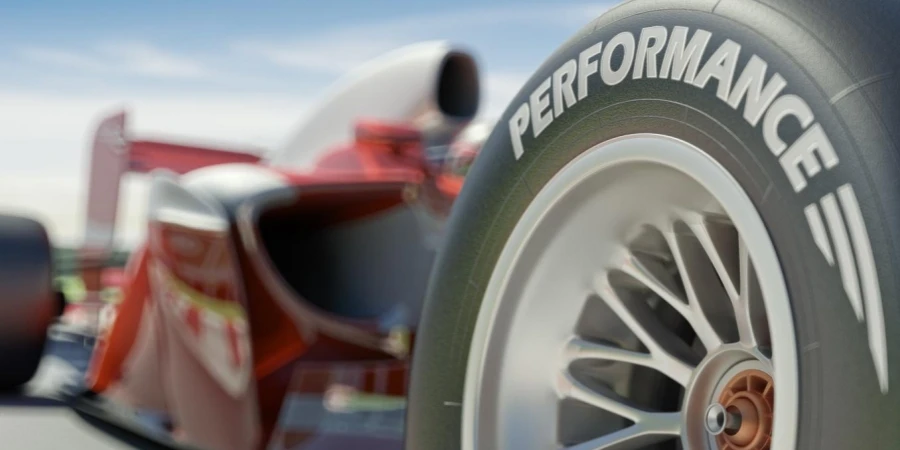Table of Contents
1. Introduction
2. Understanding Car Racing Tire Types and Their Usage
3. Market Trends and Data for 2024
4. Key Factors to Consider When Choosing Car Racing Tires
5. Top Car Racing Tire Models and Their Features
6. Conclusion
Introduction
Choosing the right set of racing tires is essential in 2025 to excel in track competitions with top-notch performance. These special tires are crafted to boost traction and speed while maintaining stability in challenging circumstances. The tire selection plays a big role in how a vehicle handles corners and stops smoothly and influences its overall performance greatly, giving racers the competitive advantage they need to surpass their rivals effortlessly. A grasp of different tire varieties and their unique characteristics can guide racers toward making smarter buying choices that cater to their performance aspirations and effectively meet track demands.
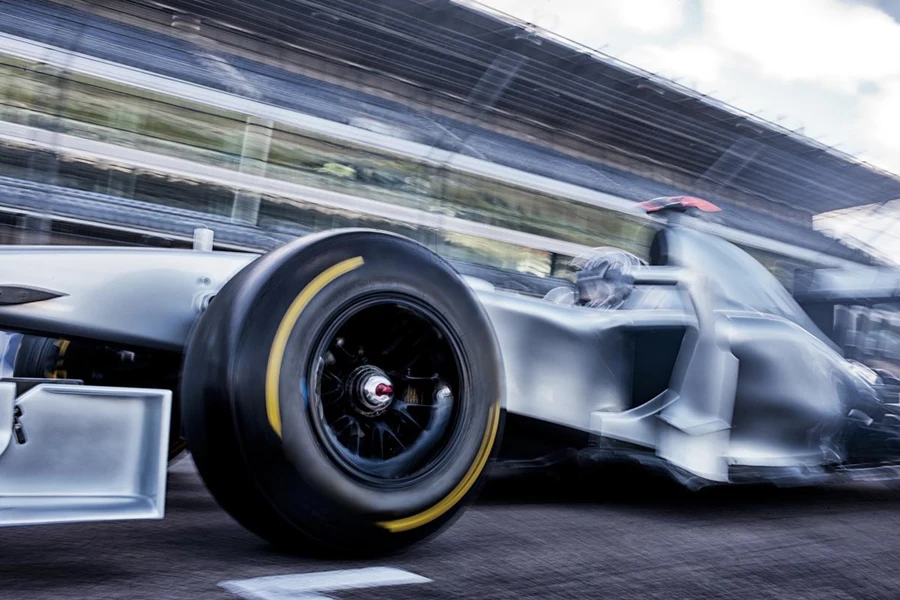
Understanding Car Racing Tire Types and Their Usage
Different Types of Car Racing Tires
Slick Tires: Slick tires stand out for their tread-free exterior, enhancing their contact with the racing track surface. This feature offers traction in dry conditions and is favored in elite competitions like Formula 1 and drag races. Their capacity to provide top-notch grip and acceleration is unparalleled; however, they struggle in weather as they lack grooves to disperse water effectively. Consequently, slick tires see most of their action in controlled settings where dry weather is a given.
Rain Tires: Compared to slick tires, rain tires have deep grooves tailored to effectively disperse water from the tire store surface. This characteristic is vital for avoiding and controlling slippery tracks when it rains. It trains tires, which play a role in races held under uncertain weather conditions. It provides the required grip to navigate safely through wet surfaces. Their unique tread designs guarantee that vehicles can maintain high speeds during heavy rain with minimal chances of skidding or losing control.
R-Compound Tires: R-compound tires balance street and track capabilities using a rubber compound for improved grip without sacrificing durability as slicks do. These tires are favored in autocross and track day competitions that demand endurance and top-notch performance. However, R compound tires tend to wear out more than typical tires. They are not as effective in cold or wet conditions, making them a specialized option for certain racing situations.
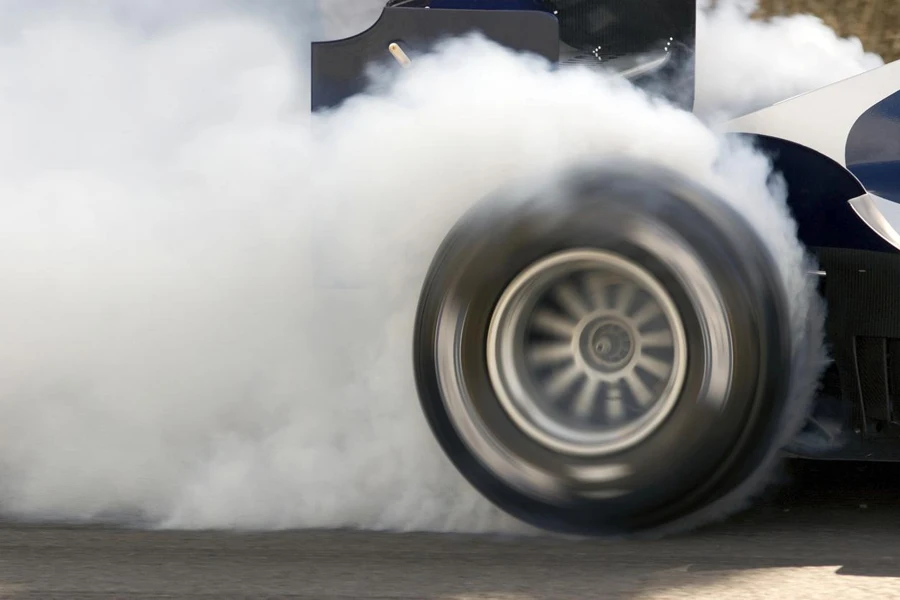
Usage Based on Racing Conditions
Dry Conditions: It is best to use slick tires in dry weather conditions. They offer better grip by increasing the contact area with the essential track surface for high speeds and sharp maneuverability. However, these tires need to be managed. They should be heated before the race to reach their peak operating temperature level, which improves their performance.
Wet Conditions: Racing on wet track surfaces requires rain tires for optimal performance and safety measures. They help to prevent hydroplaning and maintain control at high speeds by efficiently dispersing water through deep grooves in the tire design, ensuring stability and speed in challenging weather conditions.
Mixed Conditions: R-compound tires are useful in cases where the track conditions are prone to change, like in endurance racing. They balance the high grip of slick tires and can handle wet conditions like rain tires. Although not as specialized as others, R-compound tires are dependable across track conditions, reducing the hassle of swapping tires during a race.
Market Trends and Data for 2024
Current Market Overview
The worldwide market for car racing tires is forecasted to experience expansion in 2024, with an estimated market value of around $11.25 billion. The growth is anticipated at a compound annual growth rate of 5.8% from 2024 until 2031.
The market is competitive as big names like Michelin, Bridgestone, and Pirelli always find ways to stay ahead. They are putting their efforts into developing technologies for tires, including better tire materials and eco-friendly production methods, to keep up with the increasing need for top-notch tires that can handle the challenges of competitive racing.
Consumer Preferences and Industry Shifts
The racing tire market is experiencing a growing interest from consumers who are looking for tires that are both eco-friendly and high-performing in terms of sustainability and performance aspects. The trend towards using friendly materials like natural rubber and bio-oils influences how tires are made today. This change is being fueled by concerns for the environment and the demand for tires that can deliver top-notch performance in challenging racing conditions. Moreover, with the increasing popularity of hybrid racing vehicles, tire manufacturers are spurred to develop innovative solutions that can withstand higher torque levels and enhance overall energy efficiency. Racers are increasingly prioritizing durability when it comes to tires to balance longevity and performance on the track while also managing costs efficiently in settings.
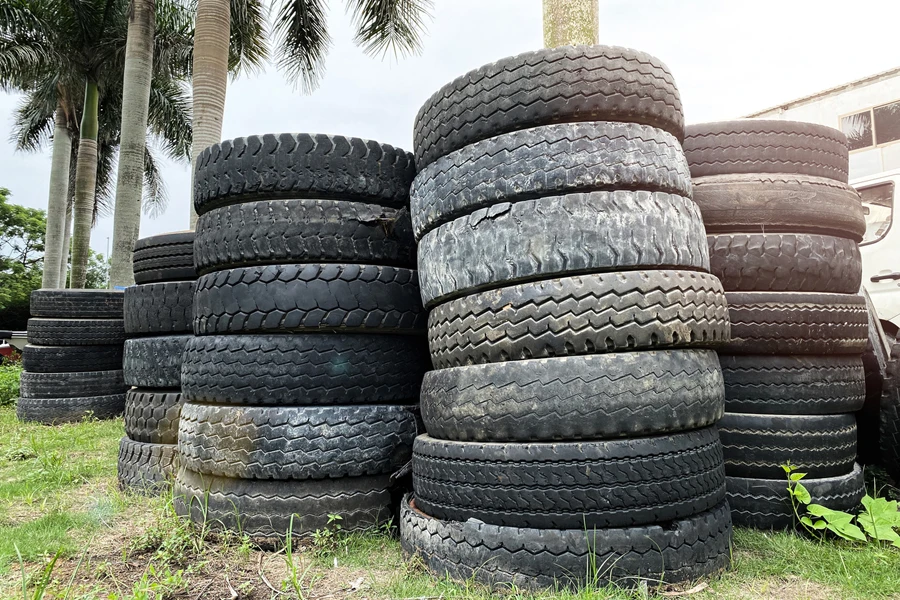
Key Factors to Consider When Choosing Car Racing Tires
Grip and Traction
Tires rely heavily on grip and traction to perform well and directly impact how a vehicle handles and speeds along the race track. The tire compound, which is the rubber mixture used to construct the tire, determines how it grips the road surface. Softer compounds usually offer better traction by enabling the tire to better conform to the track’s surface. This is especially important in high-speed racing situations. These tires tend to lose tread faster, making them best suited for shorter, high-energy races where having the best grip is crucial.
The pattern of the tire is also important in determining grip levels. For example, slick tires are meant for conditions as they provide maximum surface contact with the road, resulting in excellent grip. Conversely, tires with treads are preferable for wet conditions since they aid in diverting water away from the tire surface and reducing hydroplaning risks. It is essential to strike a balance between the compound softness and the tread design based specifically on the requirements of the race.
Tire Size and Fitment
Choosing the right tire dimensions and ensuring a proper installation is crucial for safety and optimal performance. Tires that are either oversized or undersized for a vehicle can have effects such as compromising handling capabilities and stability while also potentially affecting fuel efficiency. The appropriate tire size is established by considering factors like the tire’s width and diameter along with the aspect ratio to ensure they align with the guidelines set forth by the vehicle manufacturer.
Ensuring the right fitment involves taking into account both the width of the wheel and the load rating of the tire well. A tire that is too loose on the wheel might cause instability when driving at speeds, whereas a tire that is too tight could result in early wear and possible blowouts. It’s equally important to ensure that the tire’s load rating corresponds to the vehicle’s weight since a tire unable to handle its weight could give out during racing conditions, with dire consequences.
Weather Adaptability
The weather can change a lot during a race. Having the right tires to handle different conditions is crucial for keeping performance and safety in check. Slick tires are the best choice for dry weather conditions as they provide the most grip thanks to their wide contact area. In wet or changing weather, rain tires with deep treads are key to staying safe and maintaining traction to avoid sliding. These tires are made to channel water, making sure the car stays steady even in heavy rain.
The R-compound tire can be a good choice for an edge in races with uncertain weather conditions. These tires balance the performance of slick tires and the wet weather capabilities of rain tires, making them ideal for races where the weather is unpredictable. Picking the appropriate tire according to expected weather conditions can decide between victory and defeat in a race, underscoring how crucial it is to consider adaptability to weather when choosing tires.
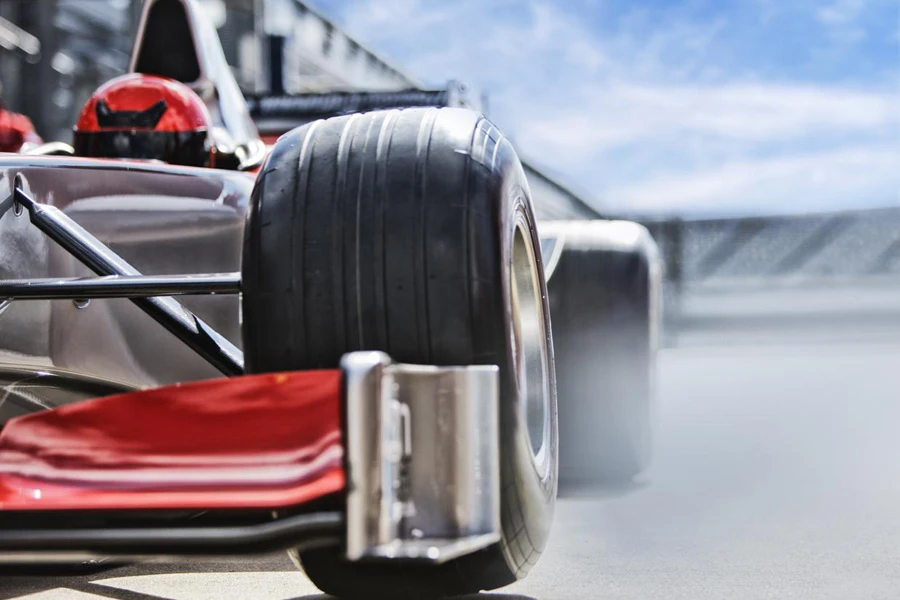
Top Car Racing Tire Models and Their Features
In the competitive realm of automobile racing, choosing the appropriate tire can notably impact performance, safety, and the results of races. In 2025, numerous companies will still dominate the market, with groundbreaking tire options tailored to address the requirements of various racing environments.
High-Speed Performance and Dry Grip – For races focused on high-speed stability and dry grip, branks such as Michelin and Pirelli are frequently preferred. These brands are well known for their tire materials that provide exceptional traction in dry conditions, resulting in consistent contact between the tires and the track. This makes a difference in ensuring accurate handling and swift reactions when performing high-speed maneuvers. Michelin and Pirelli have track records in professional racing environments where. Their tires undergo rigorous testing and enhancements under challenging circumstances. The brands dedication to pushing technological boundaries guarantees that racers can access tire advancements for that extra competitive advantage.
Versatility in Varying Temperatures – In situations where temperatures vary widely during races and adaptability is key for tire performance consistency, Bridgestone and Goodyear are reputable brands to consider. Their focus lies in creating tires that deliver reliable grip and stability regardless of the temperature fluctuations commonly seen in endurance races where track temperatures can change notably throughout the event. They are a pick among racers who require tires that can manage various conditions without sacrificing performance.
Wet Weather Performance – In races with wet tracks and slipping risks, brands like Michelin and Bridgestone shine through their unique tire designs with special treads and rubber mixes that improve water drainage to minimize hydroplaning dangers. This is a crucial safety factor for maintaining speed on wet surfaces. Consistent reliability for unpredictable weather races and traction needs in damp conditions are key to their high-performance standards. Both Michelin and Bridgestone have dedicated resources to advance their tire technology, aiming to create products that deliver exceptional performance in dry and wet weather conditions.
Durability and Longevity – For drivers who need tires that can handle the demands of racing without wearing out quickly, Goodyear and Bridgestone are recognized for their emphasis on longevity and toughness. They manufacture tires designed to endure with sidewalls and cutting-edge materials that combat damage. Longevity is crucial in races or during back-to-back events, ensuring that tires retain their quality throughout. Goodyear is well known for manufacturing tires that have a lifespan and are a great choice for teams seeking consistent performance over multiple races at a reasonable cost.
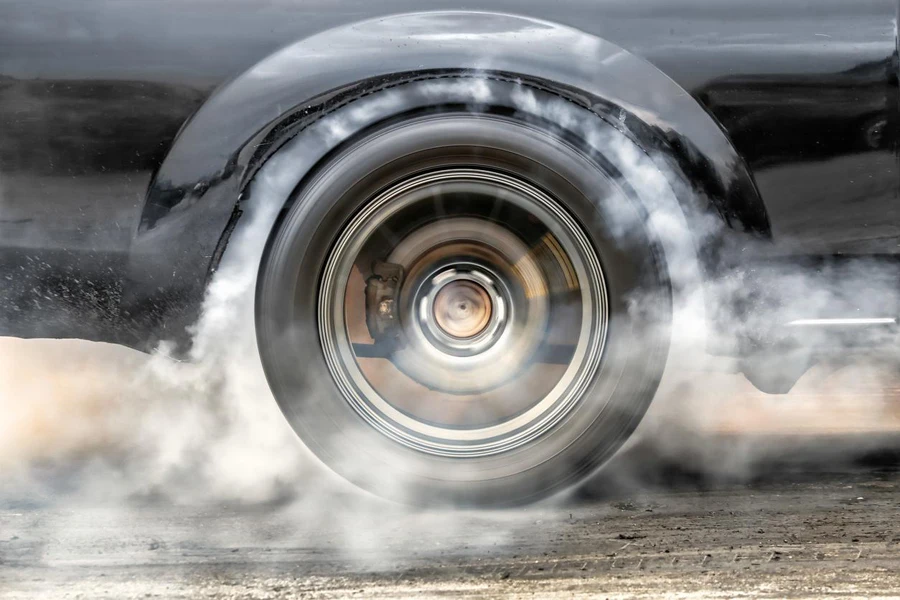
Conclusion
In 2025, choosing the ideal tires for car racing is essential to excelling on the track. Known brands such as Michelin, Pirelli, Bridgestone, and Goodyear present top-notch choices, each showcasing strengths in different racing aspects. Michelin and Pirelli lead in delivering dry grip and stability at high speeds, making them perfect for precise racing maneuvers under dry conditions. Bridgestone’s versatility in temperatures offers adaptability for unpredictable weather scenarios. Goodyear prioritizes safety and longevity by enhancing wet performance in conditions and races with varying demands. Choosing the tire depends on the specific race requirements and environmental factors. Different brands excel in aspects of racing to help drivers and teams perform at their best.
